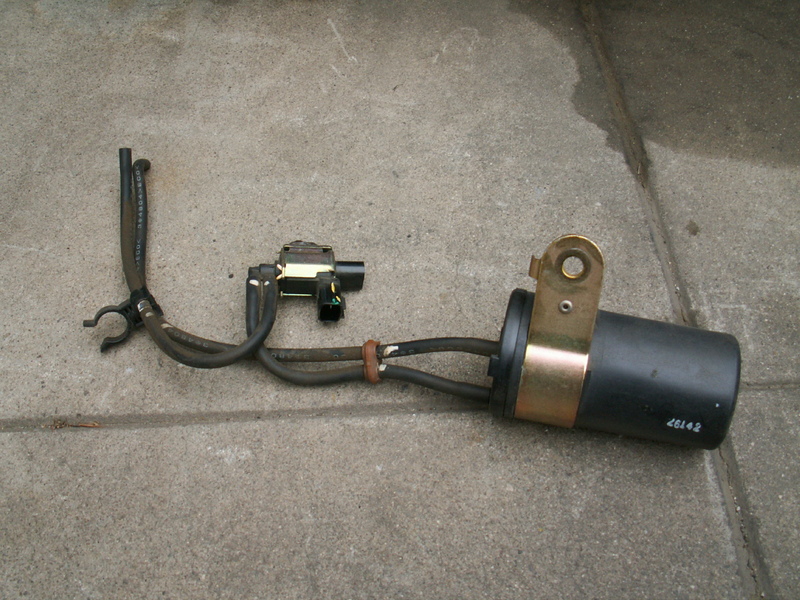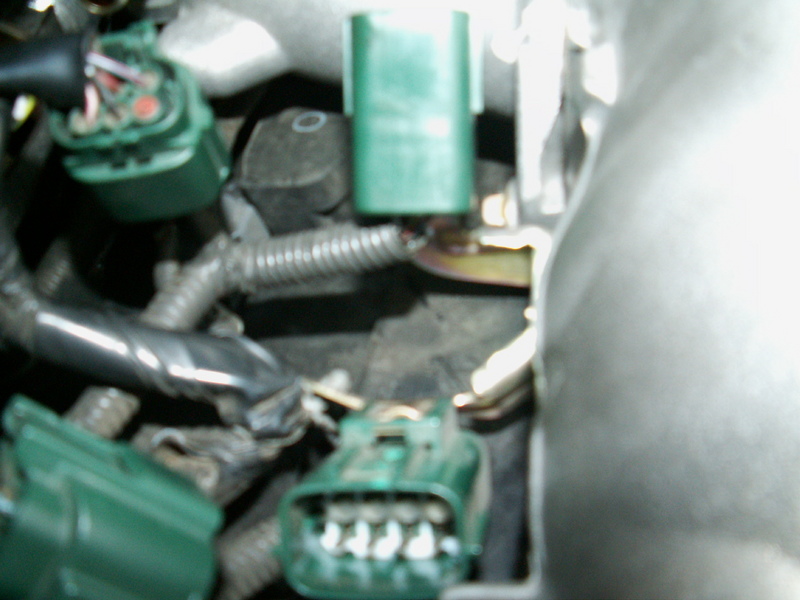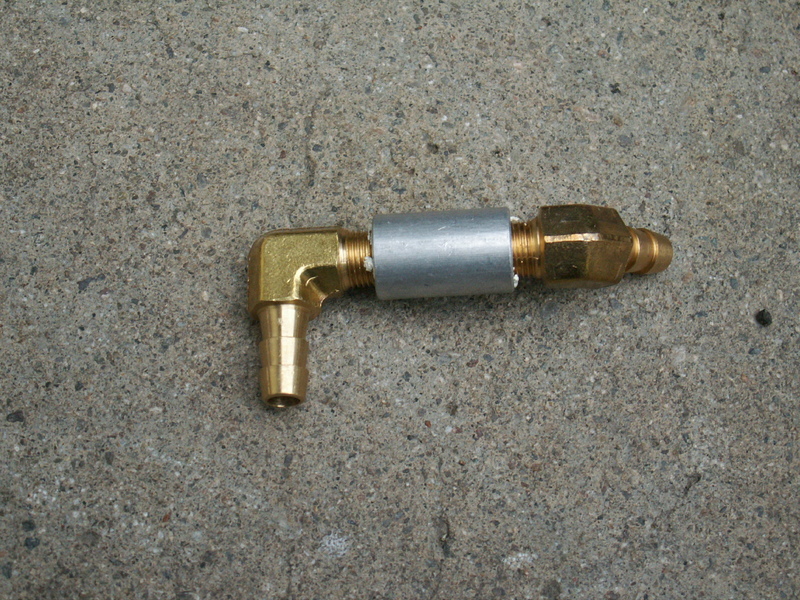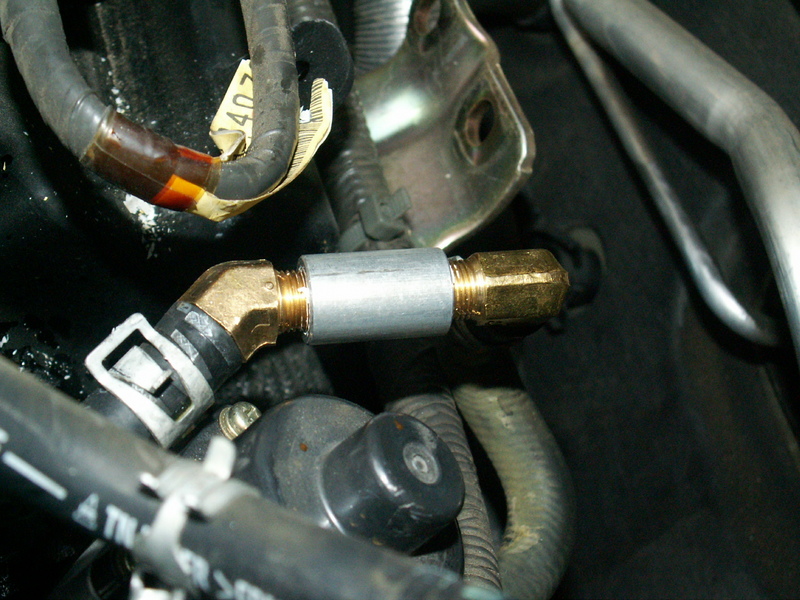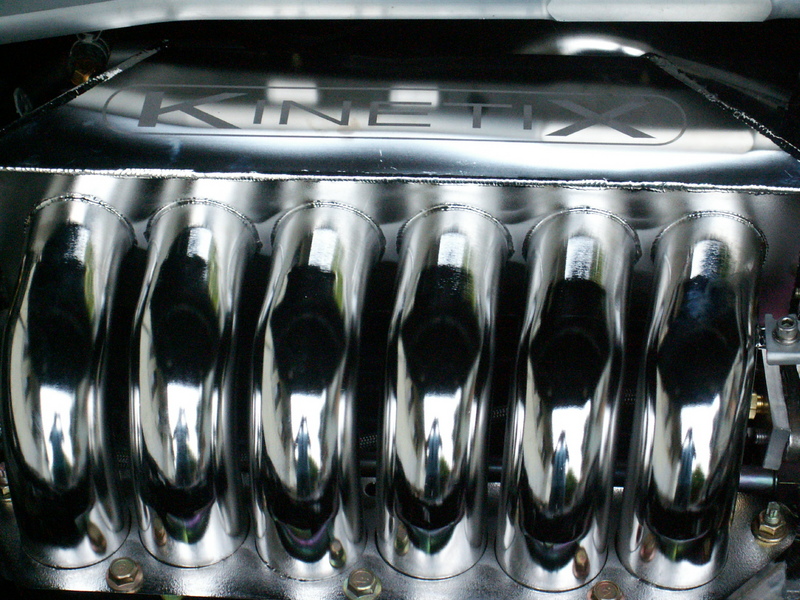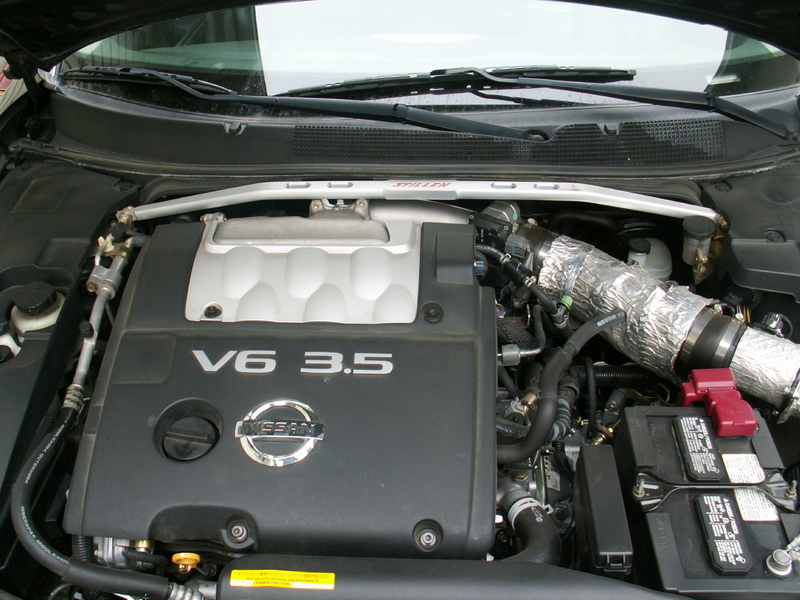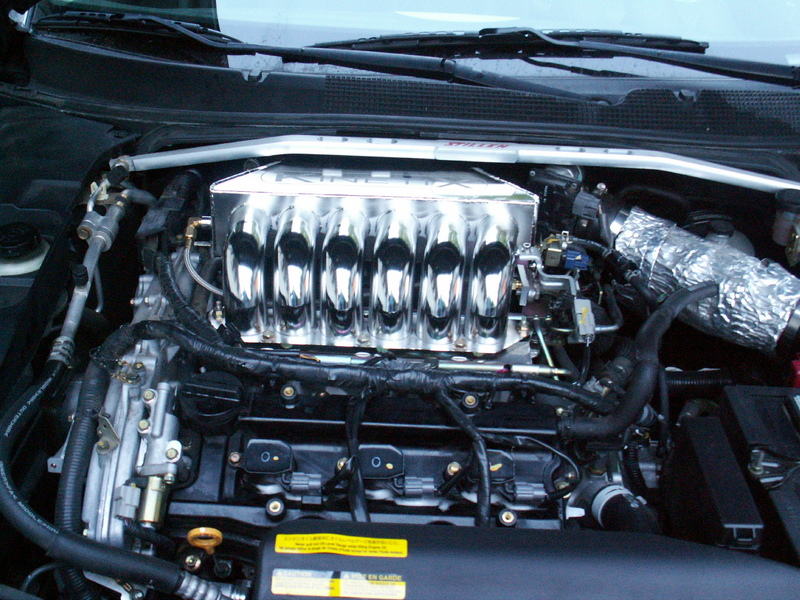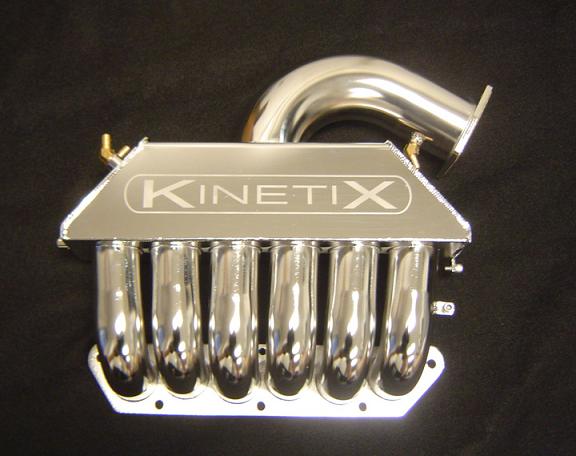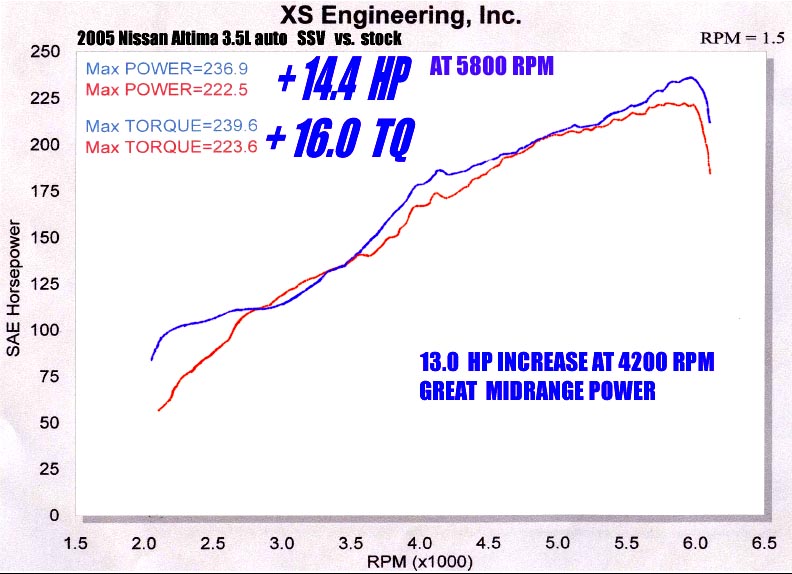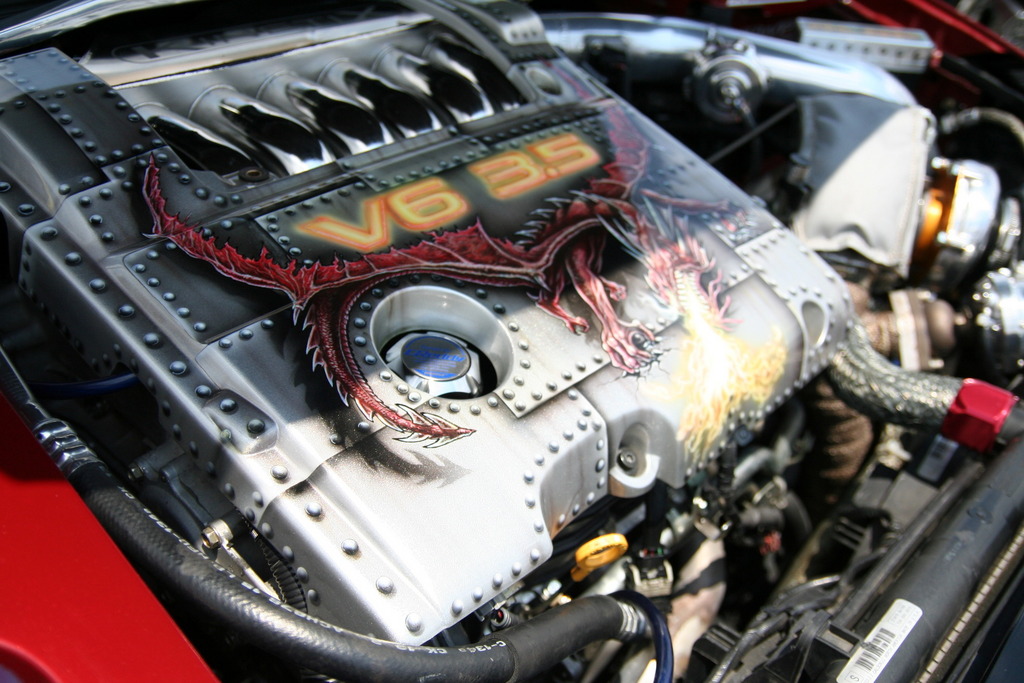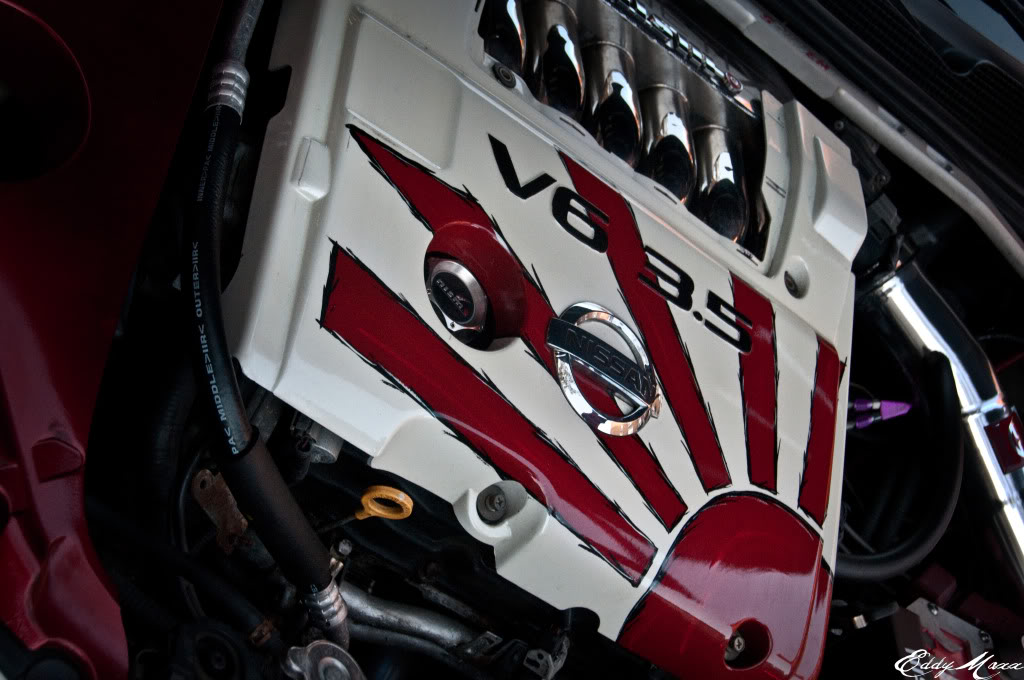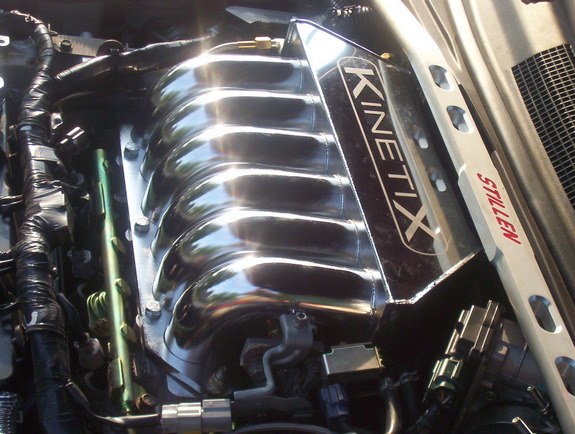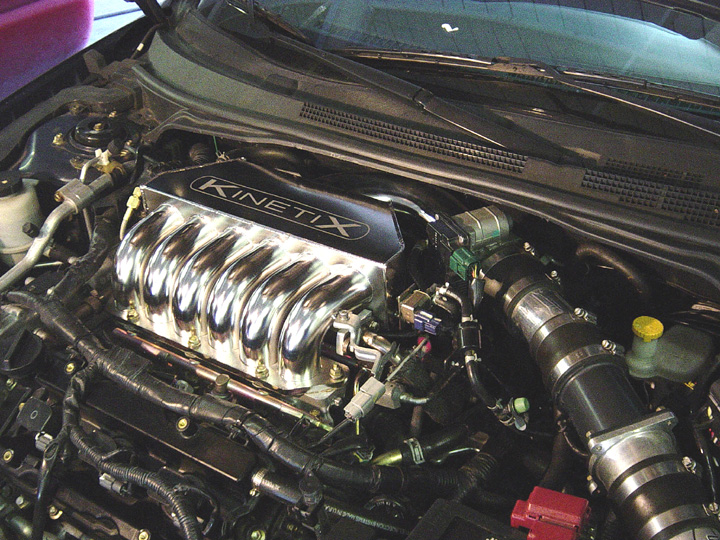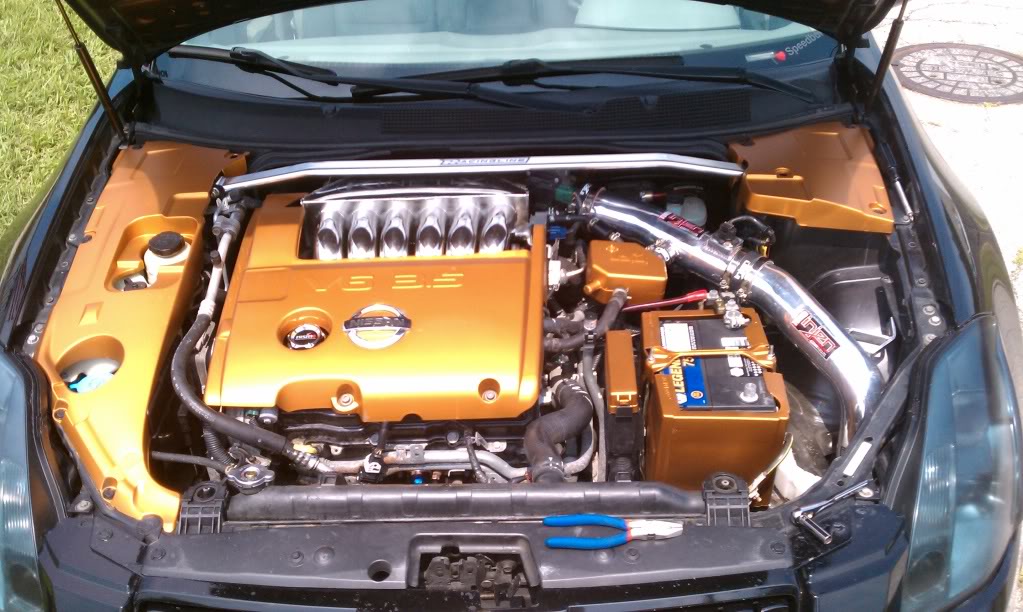Community Member Credit: Brad Connor
As many of you may know the radiator core support is a known “weak point” on the A32 chassis. This is an extremely common issue among A32’s from “wet” states. This thread will address a number of key points with these issues
- Signs of a bad radiator core support
- How to replace said radiator core support
- And why you shouldn’t use a cheap radiator core support
I: Let’s start off with spotting a failing core support (NOTE: The images shown are of very, very badly rusted supports)
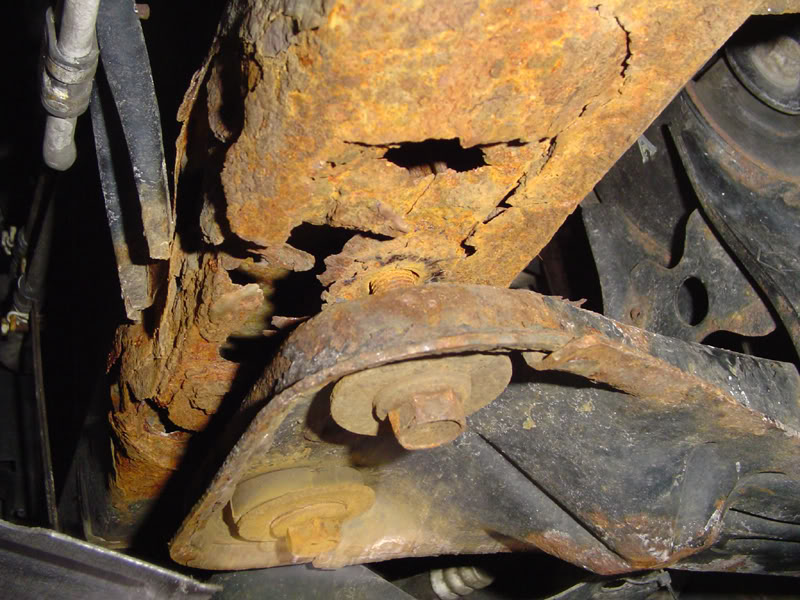

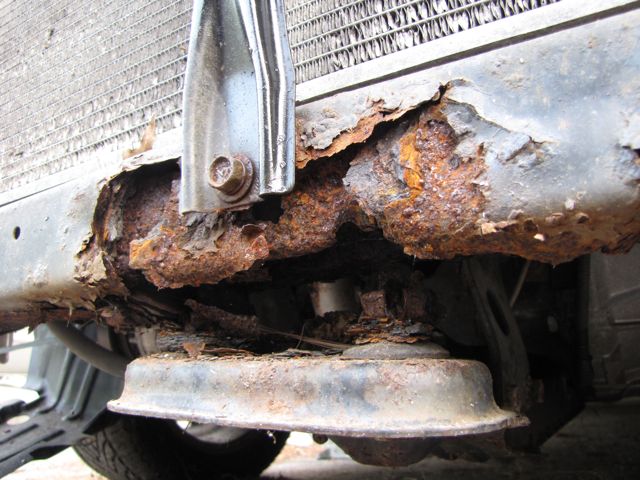
II: We move on to How To replace the core support and what is the proper parts to be used and where you can purchase them.
To correctly replace the core support, the old unit will need to be cut out and the new unit will need be be bolted and welded in place..This job is definitely not one of the easier things to do an A32 and will likely need to be done by a professional or a fairly knowledgeable DIY mechanic with access to air tools and a welder.
Their are two common methods to to replacing the core support; one is replacing just the lower support (under the radiator) and the other is replacing the entire front core support. Either of these parts can be sourced at your local Nissan dealer or through a reputable online dealer such as Courtesy Nissan Parts.
PARTS
- The part number through Courtesy for the entire support is 62500.
- The part number through Courtesy for the lower support is 62530M.

III:
We will move on to why you should buy an OEM core support and not a cheap piece off of ebay or rockauto. This is one of those things that “if it sounds too good to be true, it probably is”…meaning that $50 core support on eBay may sound like a steal of a deal right now, but 3 months down the road when you notice your engine cradle is sitting 3 inches off the ground and you have to pay to do all of this work again, you will wish that you had just spent the extra money to begin with because in the long run an OE piece is going to be the cheaper AND better investment.
I will let the images speak for themselves


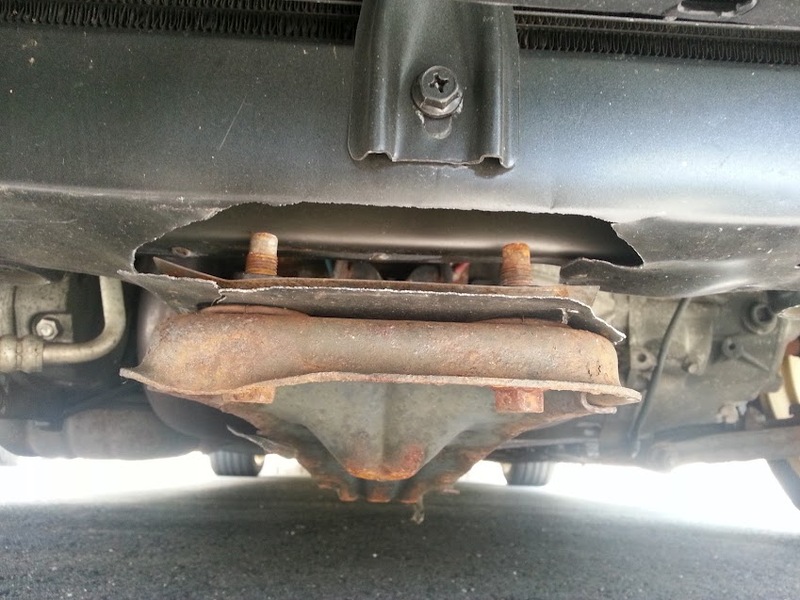
![]()








